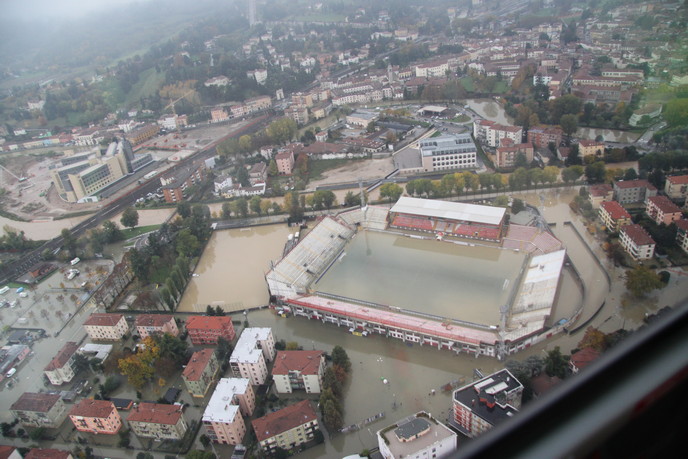3D terrain visualisation on mobile computers
There is often a need to visualise physical terrain as a background for other kinds of information, such as urban building patterns and road topology. A stable and continuous combination of terrain visualisation with other information layers is therefore important for the development of user-friendly 3D-maps. The 3D terrain server, developed in the framework of the TellMaris project, is one of the several databases developed to support the TellMaris system. It forms the basis for the 3D-map application that the project has produced for tourist information on mobile computers. The terrain visualisation and handling are implemented as a client-server application. The data and images are stored on the server but processed on the user's (client) computer. The terrain visualisation works with superimposed images, and users receive data on their devices 'on-demand'. Only the data required for generating the requested image is downloaded from the terrain server. The pictures are constantly updated as the user moves around in the virtual terrain, with the images becoming more precise as the user approaches their target. The 3D terrain server that the project has developed can be used for virtual 3D tour animations through a city, region or a landscape model. Dynamic downloading of data to the users' computers also minimises the resource requirements of the client device, as it requires a minimum of resources such as storage capacity, memory and processor power. Initial experiments using the latest series of standards for digital images are very promising, since high compression rates can be achieved with few visual artefacts.







